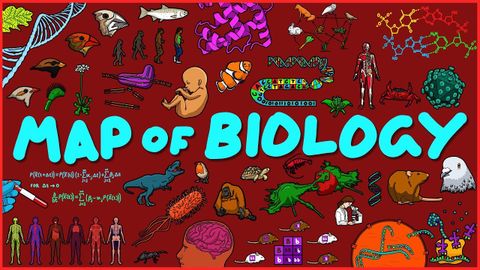生物学地図 (Map of Biology)
陳裕隆 が 2021 年 01 月 14 日 に投稿  この条件に一致する単語はありません
この条件に一致する単語はありませんUS /səbˈskraɪb/
・
UK /səb'skraɪb/
- v.t./i.(定期的なサービスに)申し込む : 予約をする : 予約金を払う
US /ɛnˈtaɪr/
・
UK /ɪn'taɪə(r)/
US /ɪˈmjoon/
・
UK /ɪˈmju:n/
- v.t.取り組む;タックルする : 組みつく
- n. (c./u.)釣りの道具;索具 : 綱具;タックル
エネルギーを使用
すべての単語を解除
発音・解説・フィルター機能を解除

